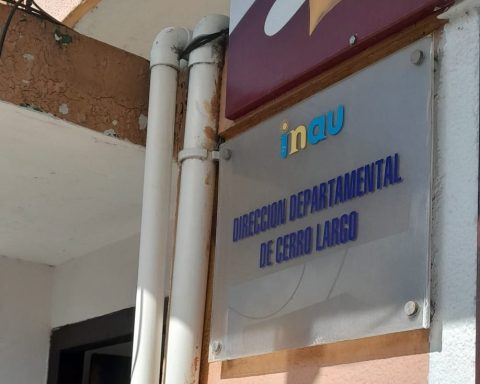Money has been used for centuries to facilitate trade in goods and services. The form of money has varied between cultures, but there are essentially three types: “commodity” money; “representative” money; and “legal tender” money.
- “Commodity” money has value in itself (intrinsic value) as well as value in its use as money (eg, precious metal coins, salt, tobacco, coffee, and wheat).
- “Representative” money has little or no intrinsic value, but embodies a claim to an underlying item of value (for example, gold certificates and banknote deposits that can be redeemed for a certain amount of gold or silver).
- “Legal tender” money is declared money by a government and therefore derives value from being legal tender.
In more recent times, “bitcoin” was launched as a cryptocurrency. Afterwards many other cryptocurrencies and crypto-tokens have been launched with different purposes and levels of adoption. The European Central Bank defines a virtual currency as “a digital representation of value, not issued by a central bank, credit institution or electronic money institution, which in some circumstances can be used as an alternative to money”.
Definition of cryptocurrencies
The IFRS Interpretations Committee of the IASB (International Accounting Standards Board) defined a cryptocurrency as a cryptoactive that meets all the following characteristics:
- A digital or virtual currency registered in a ledger that uses cryptography for security
- Not issued by a jurisdictional or equivalent authority
- Does not give rise to a contract between the owner and another party
Bitcoin, for example, would meet this definition. Cryptocurrencies represent a subset within crypto assets.
What do we need to know?
- Crypto assets have various terms and conditions. The purpose for holding crypto assets also differs between entities and even between business models within the same entities that hold them. Therefore, the accounting treatment will depend on the particular facts and circumstances and the corresponding analysis could be complex.
- To be considered cash, a crypto asset would have to be generally accepted as a medium of exchange and considered an adequate basis on which a holder could measure and recognize all transactions in its financial statements.
- Some contractual crypto assets may meet the definition of a financial asset if they entitle the holder to cash, another financial asset, or the right to trade financial instruments on favorable terms; or they are, in effect, electronic stock certificates that entitle the holder to the net assets of a given entity.
- Some contracts to trade crypto assets are accounted for as derivatives if the contract can be settled net or if the underlying crypto asset is readily convertible to cash, even though the crypto asset is not itself a financial instrument, provided certain criteria are met. .
- Many crypto assets would meet the relatively broad definition of an intangible asset. However, not all crypto assets that meet the definition of an intangible asset are within the scope of IAS 38 Intangible Assets, as the standard is clear that they do not apply to items that are within the scope of another standard. For example, some entities might hold crypto assets for sale in the ordinary course of business and as such would be able to recognize these as inventory.
- The holder of the crypto assets must take into account the general disclosure conditions required by IAS 1 Presentation of Financial Statements when compliance with the specific requirements of the relevant IFRS is insufficient to allow users of the financial statements to understand the impact of the crypto assets in the financial situation of the entity and its performance.
- The IFRS Interpretations Committee issued a material on the accounting of cryptocurrencies in June 2019, indicating that they are not financial assets but intangible assets within the scope of IAS 2 Inventories or IAS 38 Intangible Assets.
- Although the IASB has not yet added the implementation of standards for crypto assets to its agenda, it continues to monitor their development and their meaning for companies that issue financial statements in accordance with IFRS.
















